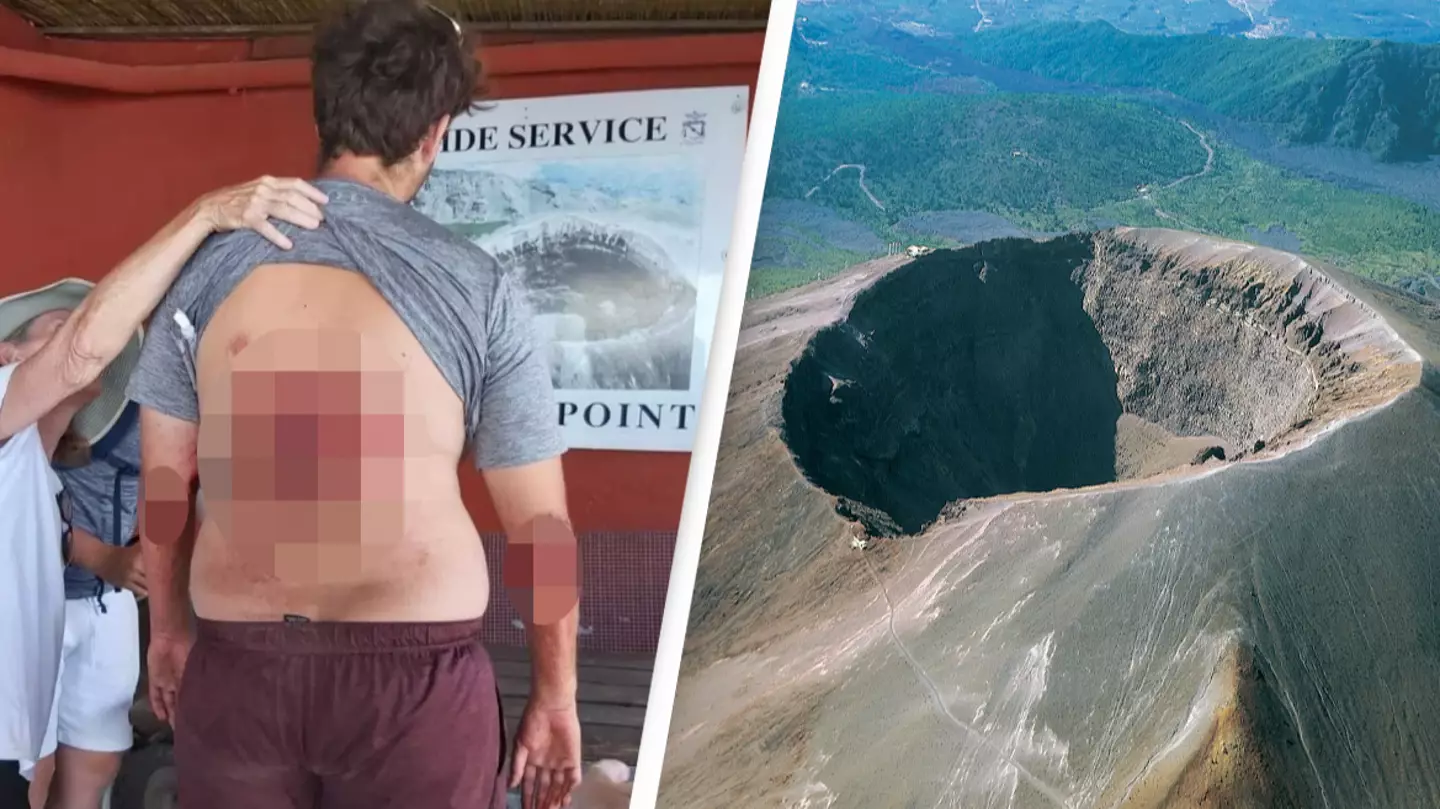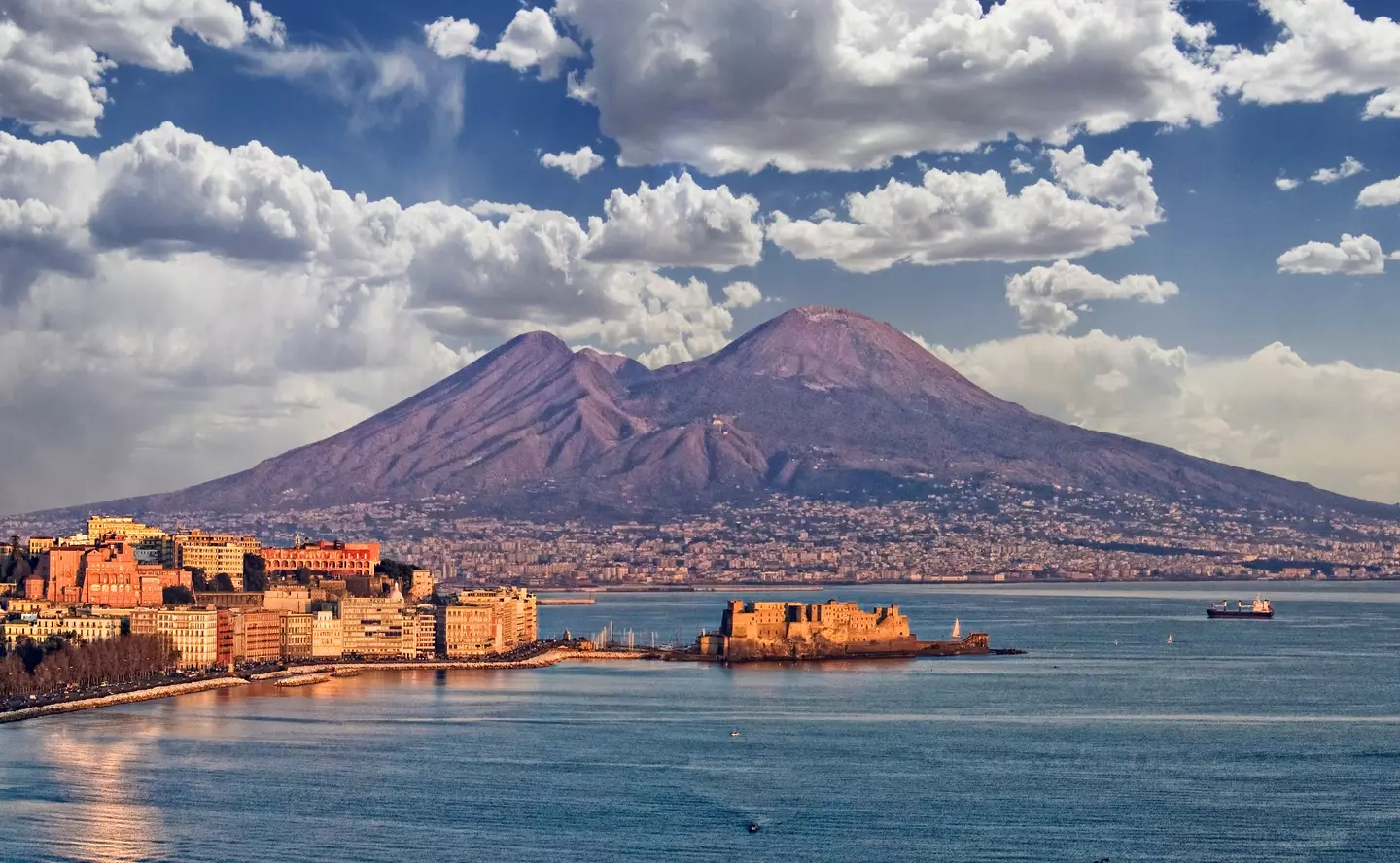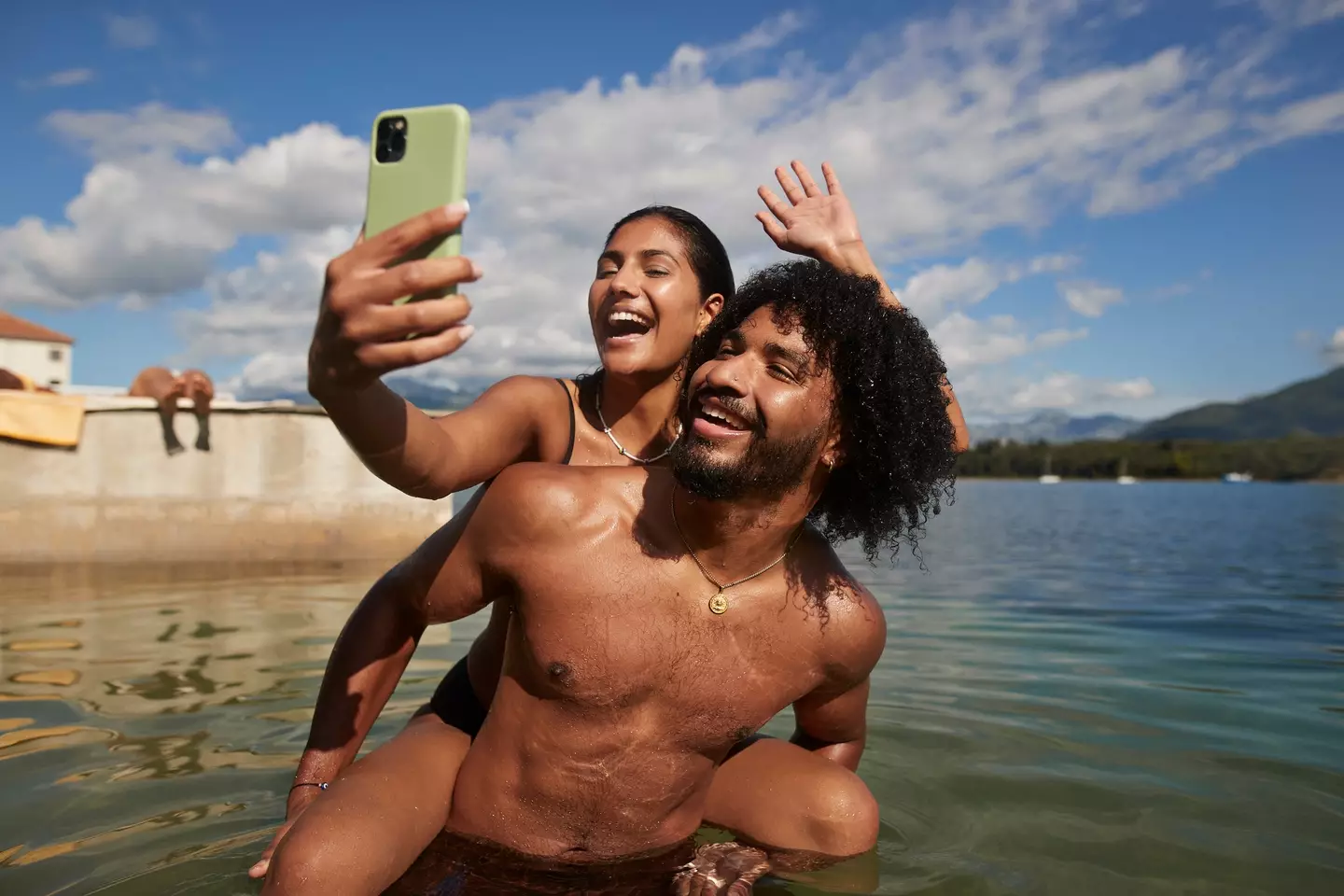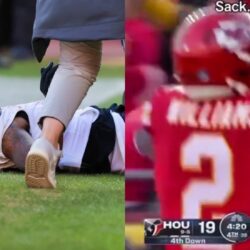The tourist was trying to take the perfect selfie when he plummeted into Mount Vesuvius’ crater.

I think a lot of us are guilty of taking selfies at doing anything to get that selfie in front of some of the biggest landmarks on the planet.
Whether it be the Eiffel Tower, Statue of Liberty, or Big Ben – we all want to catch those moments that, for some, are once in a lifetime opportunities.
However, not all landmarks are deemed as safe for a photo opp, as one unfortunate tourist discovered.
In summer 2022, a tourist fell into the crater of Mount Vesuvius after apparently taking a selfie on a forbidden route.
Italian media reported at the time that the then 23-year-old and his family from the US ignored signage and walked on an out-of-bounds path.
While on this prohibited route, the man attempted to take a selfie at the summit of the volcano, but it went terribly wrong.

As the man was standing at the summit of the iconic Naples landmark he dropped his phone, and ultimately fell as he tried to retrieve it.
The man dropped several metres as a result of his tumble, with police, a rescue helicopter and Vesuvius guides all having to be called out.
The latter actually abseiled down to lift the red-faced man out.
He subsequently had to be treated for cuts and bruises to his arms and back.
While selfies have become a part of daily life for many of us, there is a time and a place for them.
A global study found that 259 people died taking selfies between 2011 and 2017.
The deaths stemmed from 137 separate incidents and the average age of those who died was around 23 – a stat reaffirmed by the latest incident at Mountain Vesuvius.
Almost three quarters of the deaths were men, with transport, drowning and falls among the most common causes of death.
The study, which was conducted by the US National Library of Medicine, also showed the number of selfie-related deaths is increasing, with only three reported in 2011, as opposed to 98 in 2016.

The study was compiled through a comprehensive analysis of news reports, using search terms such as ‘selfie deaths’, ‘selfie accidents’ and ‘killfie deaths’.
Researchers say previous studies of selfie deaths did not give accurate results as they compiled findings from sources such as Twitter and Wikipedia. However, the study also suggests the actual number of people who have died taking a selfie could be much higher.
“It is believed that selfie deaths are underreported and the true problem needs to be addressed,” the study states.
“Certain road accidents while posing for selfies are reported as death due to Road Traffic Accident.
“Thus, the true magnitude of the problem is underestimated. It is therefore important to assess the true burden, causes, and reasons for selfie deaths so that appropriate interventions can be made.”





